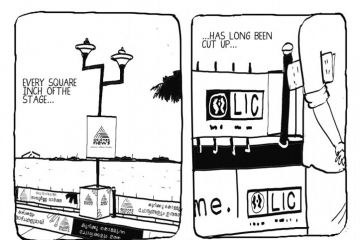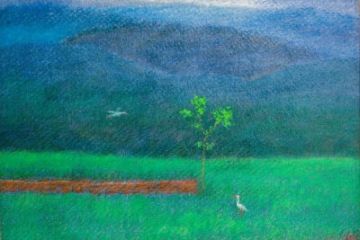
To the nature-lover
(and who at heart isn’t), the thought of sanctuaries to preserve the biota of
our rivers “strikes deep to the heart on the river’s bank when the kingfisher
suddenly flares across the water” or when a sunset flight of hornbills crosses
the stream from the shaded side of the rainforest to the gleaming jungle on the
other.
In the present tussle
between defenders of the environment and protagonists of hell-for-leather
industrialisation, both sides agree that our





